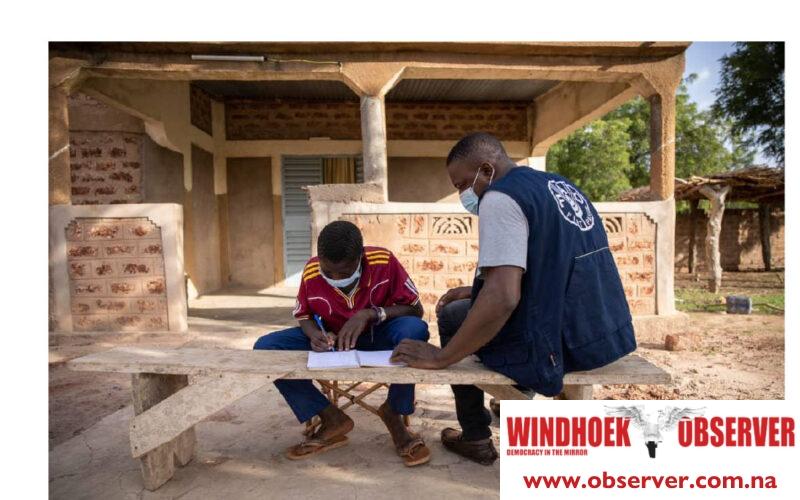Niël Terblanché
As the world unites to observe the World Day Against Child Labour on 12 June attention is drawn to an unrelenting abuse that affects millions of children globally.
A report by Greta Campora and Ariane Genthon, experts from the Food and Agriculture Organization of the United Nations (FAO), reveals the grim reality that child labour continues to be a significant problem worldwide.
According to the report, child labour is defined as work that is unsuitable for a child’s age, disrupts their education, or poses risks to their health, safety, or morals.
Alarmingly, 160 million children are engaged in child labour globally, with 70% of them working in agriculture and its sub-sectors.
In sub-Saharan Africa, more children are involved in child labour than the rest of the world combined, with nearly 82% of these children working in hazardous conditions, primarily in agriculture.
According to the study, children in sub-Saharan Africa often help their families by performing tasks such as cultivating crops, raising livestock, or fishing, activities driven by a complex mix of poverty, food insecurity, and cultural factors.
Limited access to quality education and social protection further exacerbates the issue, leaving these children vulnerable to exploitation and perpetuating a cycle of poverty.
The researchers found that efforts to eradicate child labour globally must prioritise significant advancements in Africa.
The 5th Global Conference on the Elimination of Child Labour, held in Durban, emphasised the urgency of addressing child labour in agriculture and ensuring universal access to social protection, particularly in African nations.
According to the report, social protection plays a crucial role in combating child labour by enhancing the resilience of rural households and supporting children’s access to education.
By alleviating poverty and economic instability, social protection reduces the need for families to rely on child labour.
However, coverage remains woefully inadequate, with only 17% of the population in Africa having access to such support, disproportionately affecting children.
The FAO has developed a guidance note outlining strategies to adapt social protection systems to combat child labour, especially in rural agricultural areas.
The document stresses that social protection programmes can help reduce child labour by providing economic opportunities that diminish household dependency on child labour.
These programmes also bolster resilience against economic shocks and reduce harmful coping mechanisms like child labour.
In Burkina Faso, a collaboration between FAO and the International Labour Organization (ILO) illustrates the potential of social protection.
Through the European Union-funded CLEAR Cotton project, conditional cash transfers were provided to families in cotton-producing regions. One of the conditions was that children must attend school.
This initiative led to the removal of 637 children from child labour in cotton fields, who were then enrolled in formal education.
The project also improved household resilience through income diversification and local market enhancement, demonstrating the positive impact of substituting child labour with adult, paid labour.
On this World Day Against Child Labour, there is a call to action to ensure children can enjoy their childhood free from exploitation.
Expanding access to comprehensive, sustainable, and gender-responsive social protection is essential in ending child labour and safeguarding the future of children worldwide.
The experts stressed that achieving this goal is essential to meeting the Sustaining Development Goals (SDGs), particularly target 8.7, which aims to eradicate child labour in all its forms.




